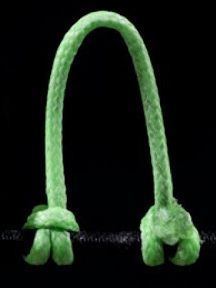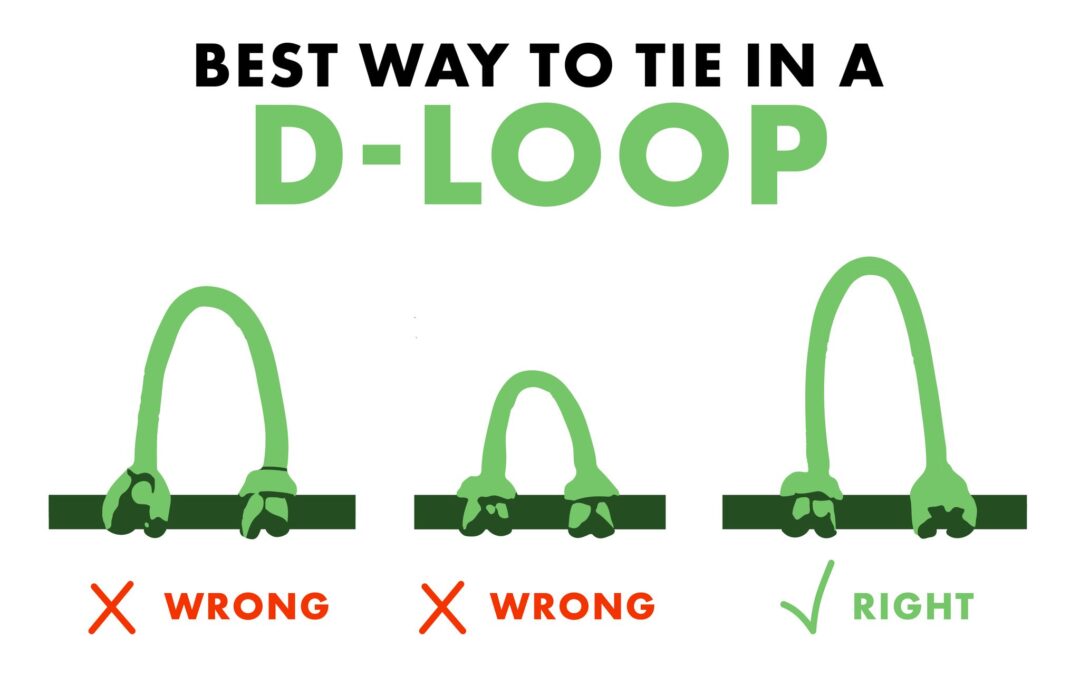Hi guys, Josh Bowmar from Bowmar Archery, here!
Today I am going to show you guys how to tie in a perfect d-loop. I made a video showing how to do this on Bowmar Bowhunting’s YouTube channel so feel free to follow along!
There are ways to tie in a d-loop that make it more forgiving than others. A lot of people don’t realize they are shooting a d-loop that is tied in incorrectly, which can make your shot less accurate. Today, I am going to break down the different types of material used in d-loops, which ones are more forgiving than others and why, and the different lengths of d-loops.
Materials
The material most commonly used in d-loops is the braided polyester, number 24 loop rope. It is the easiest material to work with. But, a lot of pros work with the Braided Spectra, number 23 loop rope. The spectra material is skinnier and a lot softer and more flexible. It takes a lot to tear through spectra material, which is why I use it. The only downside is that it can be difficult to work with. Pro shops will not generally give you this material unless you ask.
In my video, I do a few tests on these d-loops to compare the materials. Check it out!
Wrong ways to tie in a d-loop
There are actually a lot of wrong ways to tie in a d-loop.

- This image is an example of an incorrect way to tie in the other end of the d-loop. Both mushrooms are on the same side of the string which makes the d-loop straight. The goal is to get a natural twist. This way isn’t the end of the world, but there’s a much better way. You want the mushrooms to be opposite.

- This is another incorrect way to tie it in. The mushrooms are opposite, but the twist is going the wrong direction.

- This is the correct way to tie in the other end of a d-loop. The mushrooms are on the outside, and not twisting or overlapping each other.
The goal is to get a “natural twist” in your d-loop. This natural twist is beneficial when you are in full-draw and neutral. When you rotate to your anchor point, the d-loop should rotate into the position you already tied it into. This assures there won’t be any extra d-loop torque. If it’s tied in incorrectly, meaning the d-loop rotates into the opposite direction of your anchor, you are fighting the d-loop torque even more!
Lengths of d-loop material
What length of d-loop is best for you? This is an important question to ask yourself! I see it all the time where archers have a really short d-loop. At full-draw, any little bit is going to move your string.
My recommendation is to shoot a ¾ inch – 1 inch d-loop. I shoot my bow with a 1 inch d-loop. The longer the d-loop, as it moves, the less effect it will have on the string itself. So if you have a really short d-loop, it will have a greater effect on the string. Longer d-loop = more forgiving d-loop.
If you are tying your d-loop on by yourself, please refer to my Bowmar Bowhunting YouTube video. I filmed a step-by-step tutorial on how to tie the d-loop on correctly. I also discuss spacing and security.
I hope you guys found this article helpful!
– Josh Bowmar


Recent Comments